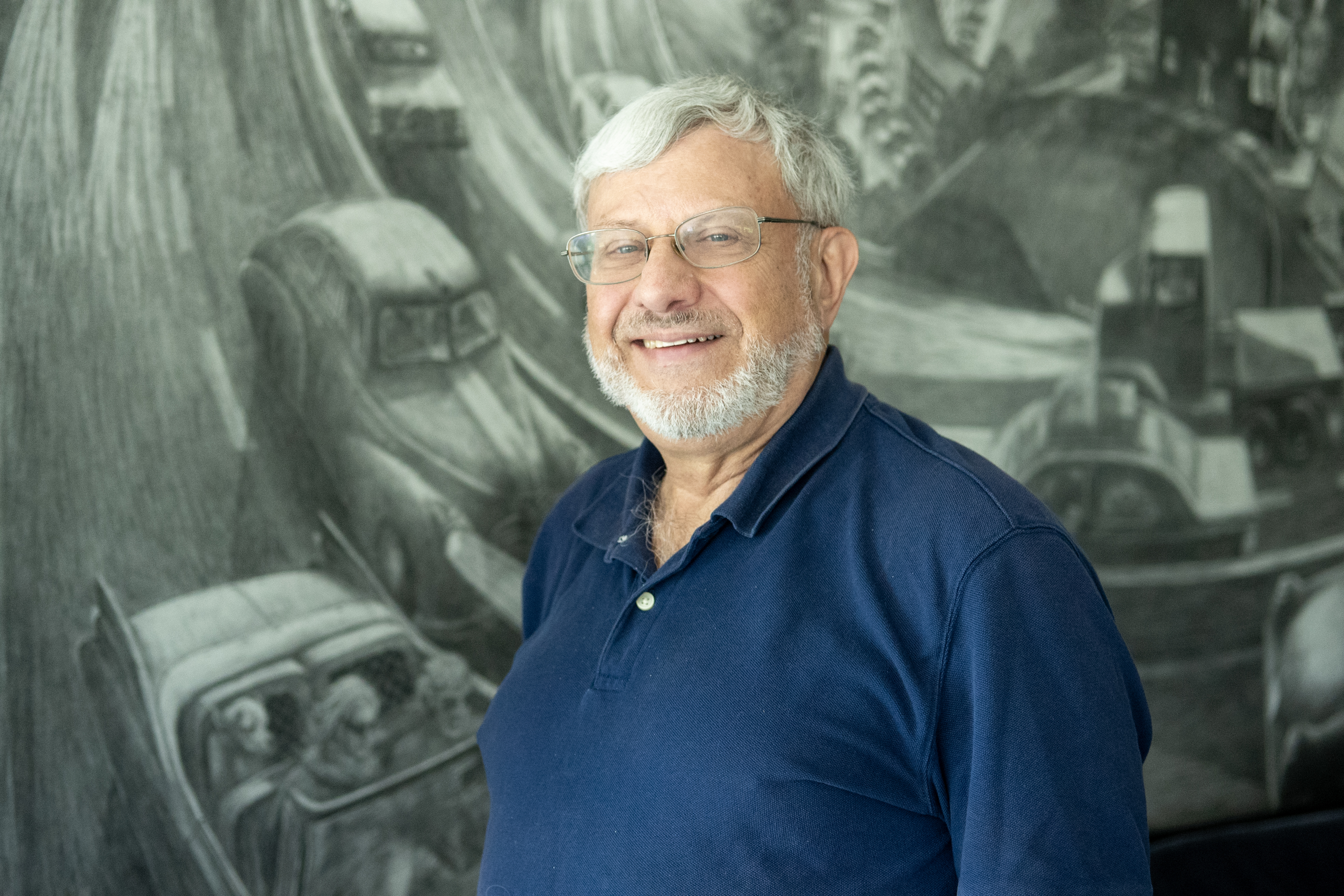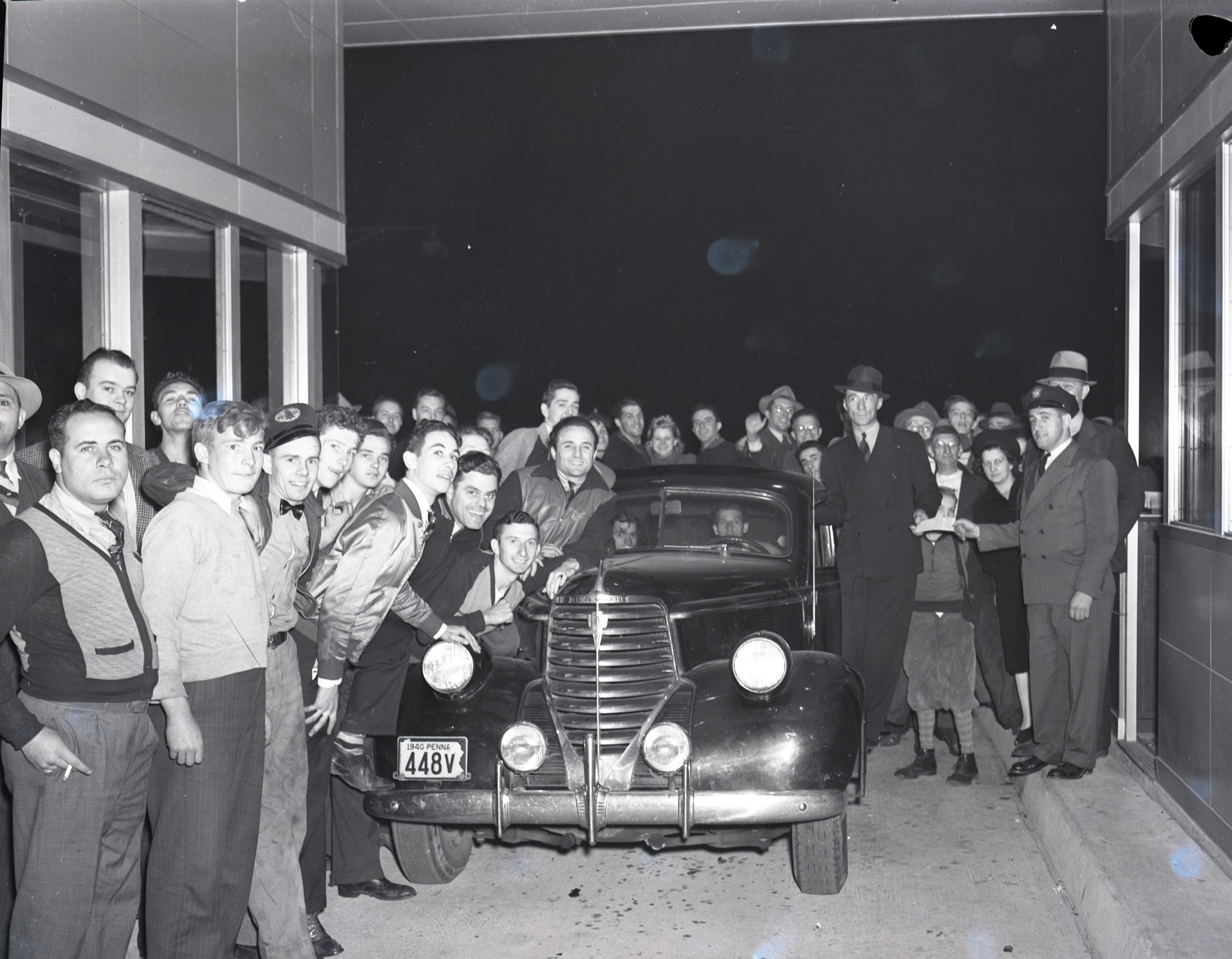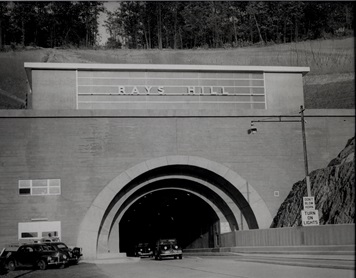
PA Turnpike Celebrating its 83rd Anniversary
“It changed everything,” historian Dan Cupper said about the PA Turnpike, which is celebrating its 83rd anniversary Oct. 1. “It absolutely changed everything.”
Growing up in western Pennsylvania, America’s First Superhighway was just a part of life for Cupper, the author of “The Pennsylvania Turnpike: A History.” His elementary school’s playground abutted the highway, and he remembers kids waving at passing trucks and the drivers blaring their horns back at them. It wasn’t until Cupper’s studies uncovered the abandoned South Pennsylvania Railroad project and its partially bored tunnels through those ancient mountains that the history of the Turnpike really captured his imagination.

It all started in the late 1800s when tycoons Andrew Carnegie and William Vanderbilt set their sights on building a competitor for the Pennsylvania Railroad. Cupper explained they got quite a bit of construction done before JP Morgan convinced them their ill-fated South Pennsylvania Railroad was shaking the confidence of Wall Street investors and would, in time, destroy both railroads, leading to an economic disaster.
It was another economic disaster 50 years later that breathed new life into the project -- a project that would create thousands of jobs during the Great Depression for people like Don Steele. This time, it wasn’t going to be a railroad.
“The people who were for it called it, ‘The Dream Highway,’ and the people who were against it also called it ‘The Dream Highway,’” Cupper said, pictured above. “People from both sides, pro and con, used the same nickname with different connotations.”
A limited-access, four-lane express highway was unheard of in America at that time, but as the winds of war kicked up in Europe, President Franklin D. Roosevelt authorized a combination of a grant and a loan to make the dream come true.
And it changed everything.
“Forty thousand miles of interstate highways would not exist today if not for the Turnpike,” Cupper said. “Prior to the Turnpike, America was crisscrossed with two-lane roads, railroad crossings and stop signs.”
Cupper associates the Turnpike’s birth with the Greatest Generation. Many of the younger workers would have packed up to fight in World War II. They would have come home after the war and started their families.
As those young children grew, the Turnpike boomed, too, expanding to today’s 564 miles from east to west and north to south and on extensions weaving in and around metropolitan areas.
And if you think the last 83 years were impressive, Tom Macchione is excited for what’s in store.
“It’s a historic agency to be part of, and it’s cool to see all the innovations and improvements the Turnpike has made over the years,” Macchione, the Turnpike’s Director of Traffic Engineering and Operations, said. “I’m thankful to be part of it.”

In his department, Macchione is lucky enough to see it all. Just in the last few years, he’s proud of the improvements in work zone safety, in durable pavement markings, and moving the Traffic Operations Center into its current state-of-the-art facility.
The Turnpike is expanding its communications with customers through electronic Dynamic Messaging Signs on the highway, controlled from the Traffic Ops Center, where dispatchers can update the sign and warn travelers of incidents moments after they happen. The Ops Center is already pushing information to apps like Waze, to truckers in their cabs and to other GPS units.
The growing number of autonomous vehicles provides even more opportunities.
“How do we interact with those customers and how do a better job of directly messaging to those cars?” he said about the next innovations the Turnpike is eyeing.
As was always the case, technology and society are evolving quickly, and it’s all about keeping up with -- and staying ahead of -- the next generation. In other words -- remaining innovative.
With the ongoing installation of fiberoptic cables across the system, Macchione said more cameras can be installed for more coverage of the Turnpike.
And let’s not forget Open Road Tolling, which will forever change the Turnpike – allowing vehicles to be tolled while driving at highway speed, no longer slowing down while funneling through toll booths.
“As we move forward with ORT, it opens up the opportunities for future interchanges,” Macchione said. That would connect more communities to the Turnpike and further alleviate congestion at some of the busiest exits.
And there’s the highway itself. Some of the older sections are showing their age, but the ongoing Total Reconstruction project is rebuilding those chunks of highway from the dirt up and expanding much of it to six lanes.
And the next 83 years? Transportation – and the Turnpike – will look very different in 2106, and there’s a good chance autonomous vehicle could be a big part of that.
“It may even be A.I. based,” Macchione said. “You just get in your car, and it drives you.”
It could mean fewer vehicles per family, but as the family car goes back and forth between home and various destinations, it could mean more trips on the Turnpike.
When it comes to the PA Turnpike, Cupper sees more than a road. He sees a pathway that cleared the way for America to become what it is today.
For Macchione, who is in the midst of his career and some major changes, he wants to be a part of that great legacy and continue to make America’s First Superhighway even safer and more reliable.


